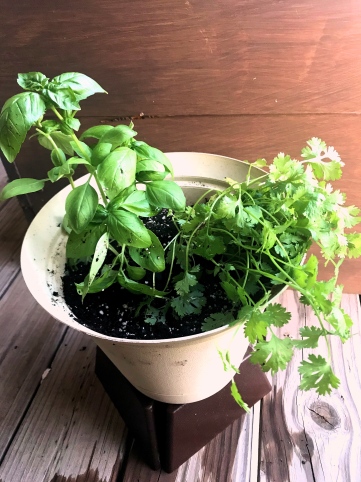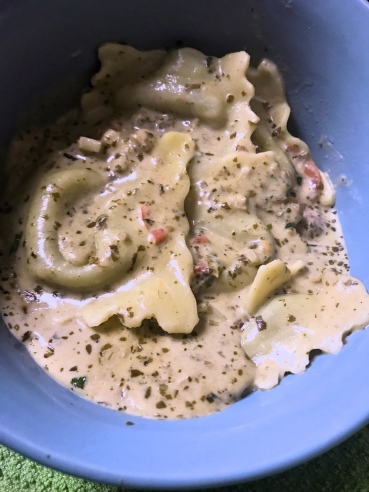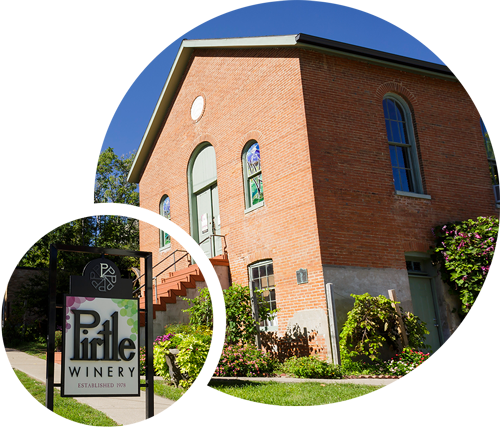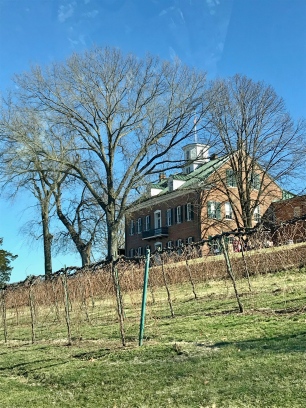If you are anything like me, it is after work and the realization hits that you have no dinner plans. By the time you finish after work plans (aka yoga for me) and go to the grocery store, the last thing you want to do is cook a meal that will take an hour. Luckily this meal will take you fifteen minutes at the most. I happened to have fresh basil from my Basil and Cilantro herb plants.

This upgraded version of a simple pasta dish is full of flavor from the basil, garlic, spinach-ricotta stuffing and tomatoes. The pasta features Parmesan, Ricotta and Romano cheese flavors. I would recommend a light bodied, medium-to-high acidity, low tannin wine to complement the cheese and boldness of the pasta. For a red wine, I recommend a Pinot Noir. This red wine features subtle berry flavors of cherry and pomegranate. It has high acidity and low tannins. I recommend Little Black Dress 2015 Pinot Noir. For a white wine, I recommend an unoaked Chardonnay. Unoaked Chardonnays feature brisk citrus flavors like apple and peach. It has medium high acidity with low tannins. I recommend A to Z Wineworks Chardonnay.

Ingredients:
- 3-6 Leaves of Fresh Basil
- Pesto
- 1 or 2 bulbs of Garlic
- 10 Cherry or Grape Tomatoes
- Fresh or Frozen Ravioli – I recommend Giovanni Rana’s Spinach & Ricotta Ravioli
- Prego Basil Pesto
- Parmesan Cheese
Instructions:
- Add water and ravioli to a pot and boil based on the bag’s instructions
- Drain ravioli when finished and add back to the pot
- Combine equal parts pesto and Prego Basil Pesto to enhance the pesto flavor with keeping the creamy Parmesan Romano flavor of the Prego sauce
- Add the sauce to the ravioli
- Chop the basil, garlic and tomatoes and add to the ravioli
- Top with Parmesan cheese
Variations and Tips:
- Add chicken to the dish
-
- Use leftover grilled chicken for a faster meal
- Freeze the ravioli to have the pasta at a moments notice

